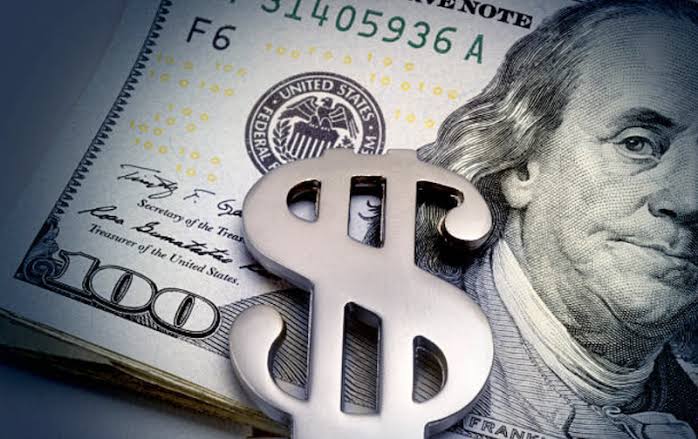Proponents of cryptocurrency have been fixated on “de-dollarization,” a concept that refers to a move away from the US dollar (USD) serving as the world’s reserve currency, ever since bitcoin (BTC) first appeared more than ten years ago.The calls became more urgent last year as the federal debt reached a record $34 trillion and some smaller banks in the United States experienced difficulties.Data, however, indicates that the dollar continued to be the most widely used currency in cross-border transactions, with demand for US government bonds remaining stable on a global scale.
“USD’s share in international SWIFT transactions surged in 2023 to reach its highest level in more than ten years. In contrast, the EUR share collapsed, and that of the JPY and GBP moderated,” Credit Agricole’s G10 FX strategy team said in a note to clients on Monday.
“The growing importance of the USD as the currency of choice for international payments and transactions is another reason for global official and private investors to buy the currency. In turn, this should slow down further any push towards de-dollarisation,” the strategists, led by Valentin Marinov, added.
Put another way, during difficult times, the dollar is likely to continue being the preferred medium of exchange or safe haven asset, eating into the value of alternative assets like stocks and bitcoin.Citing data from the International Monetary Fund, the letter stated that in 2023, the USD’s proportion of global central banks’ foreign exchange reserves remained constant at 59%, the same level as the preceding three years.The euro’s percentage fell to its lowest level since 2017.About patterns in foreign investment in U.S. Treasury bonds (USTs), the note stated that non-Asian countries made up for the drop in holdings in 2023 from China, Hong Kong, and Japan, maintaining a stable global total.
“We continue to think that expectations of aggressive unwinding of USD holdings are quite premature. Indeed, we note that whereas the UST holdings of China and Hong Kong (and to a lesser degree Japan) have been on a downtrend throughout 2023, demand for USTs from the rest of the world held up reasonably well,” Credit Agricole said. “In addition, it is worth highlighting that the UST holdings of Ireland and Belgium that are seen as proxies for custodial holdings of foreign investors like China have held up reasonably well as well.”
In October, China’s holdings of US Treasury bonds fell to $769.6 billion, the lowest level in seven months and a decrease of $97.5 billion over the previous 10 months of the year, according to Global Times.The de-dollarization story gained momentum due to China’s ongoing unwinding of its Treasury holdings.According to Credit Agricole, certain countries saw a reduction in their reputable foreign exchange reserves along with a decline in Treasury holdings.For a considerable amount of time, countries such as China have been financing US consumption by putting reserves obtained from trade surpluses in US Treasury bonds.


